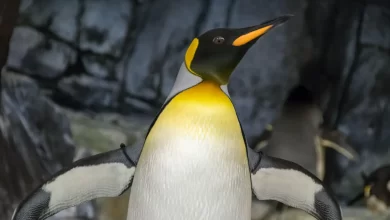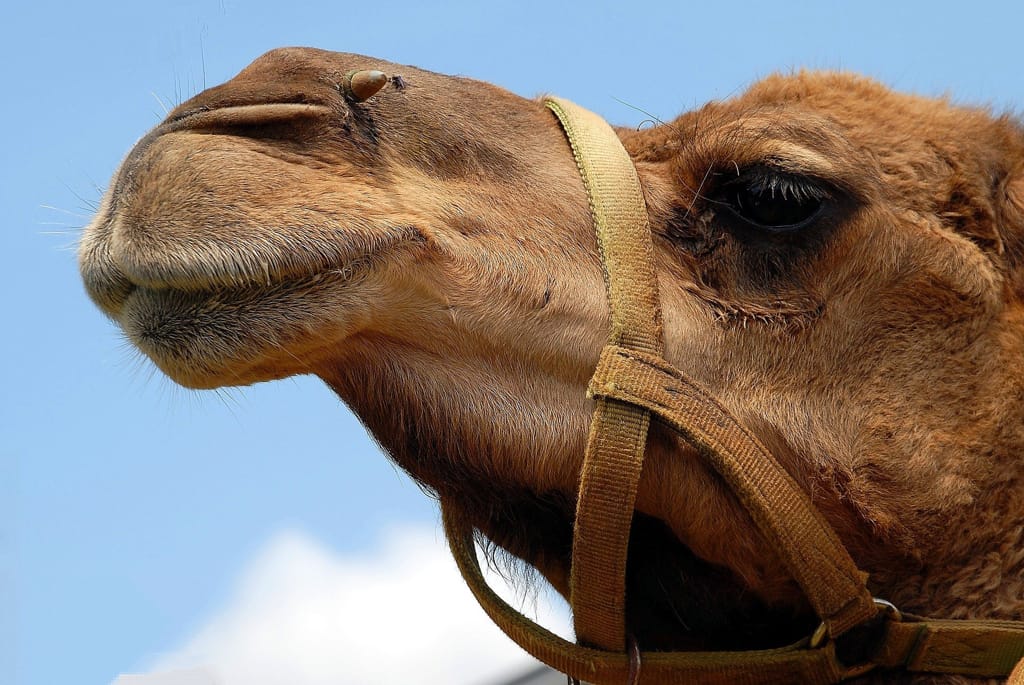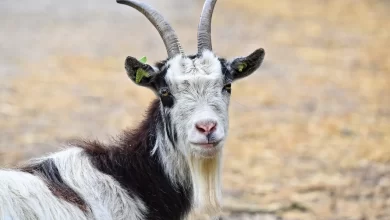Kangaroos are mainly found in Australia as well as New Guinea. They are the national animal of Australia, and the number of kangaroos is increasing in the country. Kangaroos are both mammals and marsupials. A marsupial is a type of animal that carries its young in a pouch that is attached to them. Kangaroos are members of the Macropodidae family. Check out these 33 interesting facts about this unique animal.
- The scientific name of kangaroos is Macropus.
- The word kangaroo is derived from an aboriginal language called guugu yimihirr. The real term was ‘Gangurru’ which was used by the aboriginals to identify the grey kangaroo.
- Kangaroos are strictly herbivores animals. They eat flowers, leaves, grasses, ferns, moss, and sometimes even insects.
- They have a life span of 8-12 years in the wild, whereas they can live around 20 years in captivity.
- Kangaroos like to live in grassland, bushland, forests, and scrubland. They are highly adaptable in terms of choosing habitats.
- Mostly all kangaroos tend to be left-handed.
- They are the only animals on the planet that hops to travel from one place to another. The hopping method helps them conserve energy and cover a large distance in places where there is less food to survive.
- Kangaroos are native to Australia. There are more than four species of kangaroos.
(i)Antilopine Kangaroo (Macropus antilopinus)
(ii)Western Grey Kangaroo (Macropus fuliginosus)
(iii)Eastern Grey Kangaroo (Macropus giganteus)
(iv) Red Kangaroo (Macropus Rufus) - Red kangaroos are the biggest in height among all kangaroos species; they can be 1 to 1.6 meters(3.25 to 5.25 feet) meters long when fully grown and can weigh 18-100 kg.
- Red kangaroos can hop with their powerful hind legs. A red kangaroo can hit speeds of more than 43 miles per hour(70 kph) over short distances, and on average, it hops at speeds of 12–16 mph (20–25 km/h). Their bounding gait helps them jump over 6 feet high and cover 25 feet in a single leap.
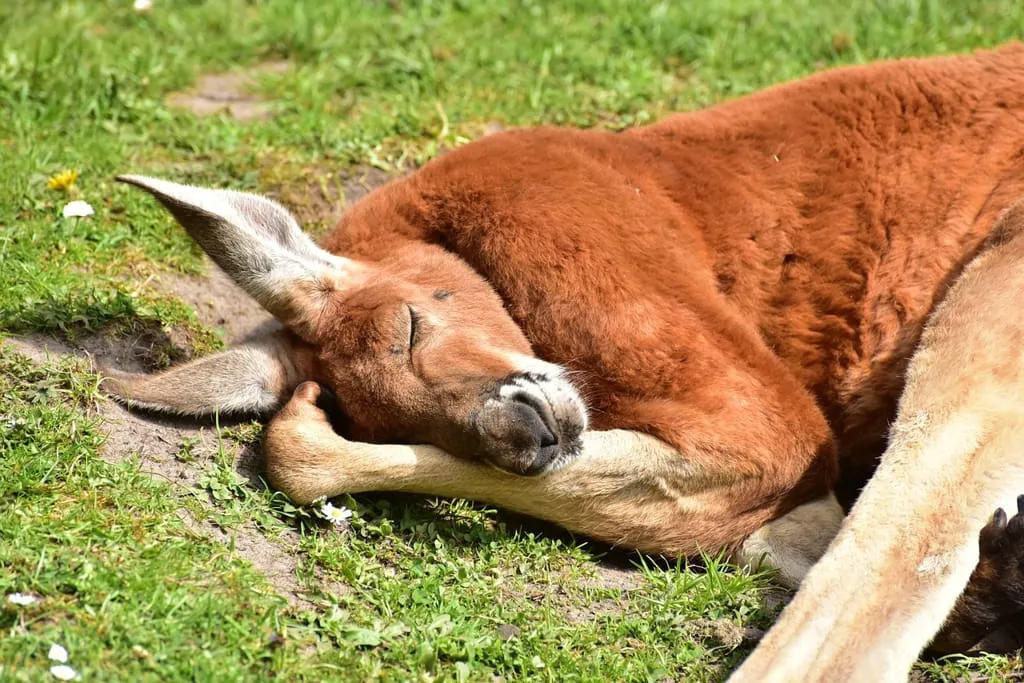
- The Aussie kangaroos evolved on the planet about 3 million years ago.
- Kangaroo meat is common in Australia and is considered very healthy as it is high in protein and very low in fat.
- Kangaroos are an outback version of camels; they can survive on less water consumptions and can live without water for months.
- The kangaroos usually rest during the daytime in shades and comes out to feed themselves in the evening or night when it’s much cooler.
- Just like cows, they have multiple chambers in their stomachs which make their digestion a complicated process.
- The kangaroo is the largest of marsupials, a group of animals comprising koalas and the common possum of brushtails. Marsupials are characterized by the pouch these animals bear their young in on their bellies.
- Kangaroo baby’s remain in their mother’s pouch for over six months after birth. They often come out of their mother’s sack to play and then go back in the sacks.
- Male kangaroos are often called bucks, boomers, jacks, or old men, and females are called as does, flyers, or jills. Whereas the young ones are called as joes.
- They have three ears and can rotate their ears about 180 degrees giving them the ability to hear 360 degrees.
- Kangaroos have the ability to detect ultrasonic frequencies (greater than 20 kHz) and can detect up to 40-49 kHz, but their sensitivity is significantly reduced above 18 kHz.

- Kangaroos have good eyesight and have two types of photoreceptor cones, found in visual lines, for blue and green, so they can’t differentiate between colors in yellow and red.
- A group of kangaroos is called a mob. Whereas young kangaroos are called joeys.
- They are social animals, and it’s rare to see them alone. They are often seen in mobs numbering about 10 to 100.
- The Tree Kangaroo can leap up to 15 meters to another tree.
- Male kangaroos use to tighten their biceps to impress females.
- Kangaroos have a gestation period of around 21 to 38 days. They can give birth to up to four joes at a time.
- There is a specific species of kangaroo that is just 2.5 centimeters long when they are born.
- Unlike several other four-legged mammals, kangaroos are unable to walk backward.
- A kangaroo can’t jump unless its tail touches the ground.
- Kangaroos can easily jump around on two legs while they walk slowly when on their four legs.
- Big kangaroos cover any leap for more than 30 feet.
- Joeys (young kangaroos) live in their mother’s pocket for around six months and then stay with them for another six months or so.
- Kangaroos can swim very well and quite at breakneck speeds. They are often seen swimming in rivers to cross them. They use their powerful back legs to dog paddle, which helps them to swim perfectly.


